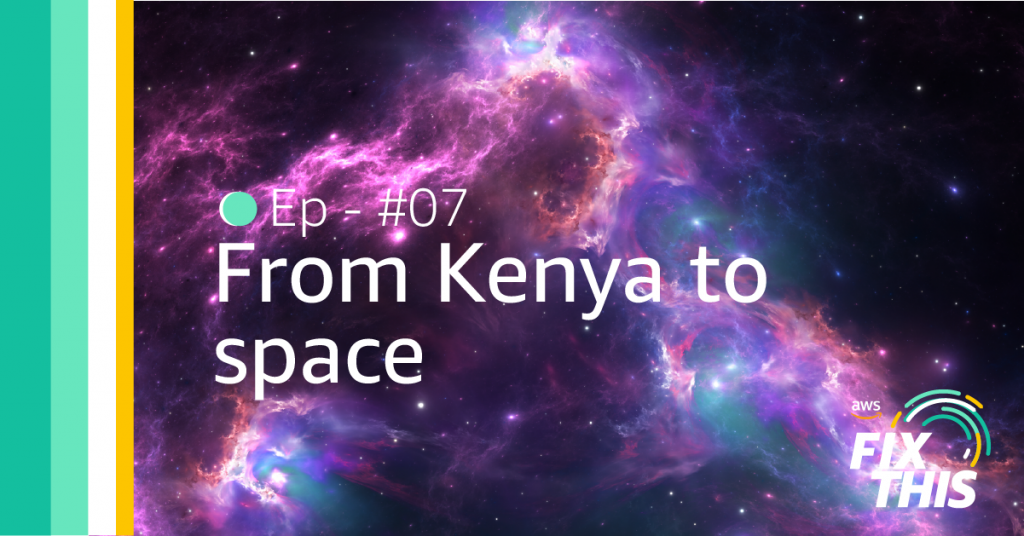AWS Public Sector Blog
Pearson delivers “anywhere, anytime” learning opportunities for students around the world with the cloud
Pearson delivers anywhere, anytime digital course material and learning opportunities for students globally using AWS. As a global company, Pearson turned to the cloud to deliver content globally, build agile, accessible solutions, and to power its digital transformation. With Revel and Pearson eText, Pearson provides flexible, digital learning solutions for students and instructors, including digitized textbooks with interactive, multimedia content, and assessment features. Building on AWS has helped Pearson to iterate quickly, innovate on behalf of students and educators, scale on demand, and reach learners globally.
Chesterfield County Public Schools uses machine learning to predict county’s chronic absenteeism
Chesterfield County Public Schools (CCPS) in Virginia uses machine learning on Amazon Web Services (AWS) to predict the county’s rate of chronic absenteeism in high schools. CCPS includes 64 schools and over 63,000 students. They started with a high-impact project that would use data the school system was already capturing about its students. to tackle predicting chronic absenteeism.
Final episode in special series of the Fix This podcast, Mission Critical Cloud: Healthcare
The fifth and final episode of the Mission Critical Cloud Fix This podcast is now live. We spoke with three healthcare customers—University of California San Diego Health (USCD), Allen Institute for Artificial Intelligence (AI2), and MedStar Health—to learn more about how the cloud helps power modern healthcare. You can stream all episodes on Spotify, Apple Podcasts, Google Play, Stitcher, TuneIn, Overcast, iHeartRadio, and via RSS.
Medical students learn through virtual clinical rotations
CyberPatient, a Canadian startup, provides an online, digital learning environment to help medical students around the globe practice skills virtually before they ever enter into clinical rotations or step foot into a hospital. In the platform, students can interact with virtual patients and work through scenarios that mimic real life. As more students turn to virtual learning, CyberPatient’s platform is being offered to medical students at no cost.
Happy Earth Day: The Fix This podcast April round up
Happy Earth Day! In April, the Fix This podcast focused on how the cloud can help people and organizations further understand human impact on the environment, and help them to achieve their sustainability goals. All episodes are available for streaming and download on Spotify, Apple Podcasts, Google Play, Stitcher, TuneIn, Overcast, iHeartRadio, and via RSS.
How Fred Hutch unlocks siloed data with AWS and open-source software
Using AWS and open-source software, Fred Hutch built a single, user-friendly, browser-based solution, Motuz, to streamline and simplify upload of large quantities of data. Motuz helped Fred Hutch de-silo its data and make it shareable and accessible.
Elections and sustainable trucking: The Fix This podcast March round up
In March, the Fix This podcast focused on how the cloud is used to help improve voter engagement and elections processes and how machine learning helps to power sustainable trucking.
American University of Bahrain uses Amazon WorkSpaces to create a flexible learning environment
American University of Bahrain (AUBH) turned to Amazon WorkSpaces for their desktop-as-a-service (DaaS) solution. Using Amazon WorkSpaces, AUBH runs Windows workloads, such as Windows Office 365 and Windows OneDrive, to create a flexible learning environment for students. Since using Amazon WorkSpaces, AUBH has increased the flexibility in how and where students can learn.
Preserving artifacts, going to space, and ending homelessness: the Fix This podcast February round up
This month, the Fix This podcast focused on how technology is used to preserve ancient artifacts, develop the pipeline of scientists that fuel our trips to space, and end homelessness. Listen to episodes seven and eight, featuring interviews with Digital Divide Data (DDD), NASA Jet Propulsion Lab (NASA JPL), Community Solutions, and Amazon Web Services (AWS) expert on homelessness, Jessie Metcalf.
TUM researcher finds new approach to safety-critical systems using parallelized algorithms on AWS
Mahmoud Khaled, a PhD student at TUM and a research assistant at LMU, researches how to improve safety-critical systems that require large amounts of compute power. Using AWS, Khaled’s research project, pFaces, accelerates parallelized algorithms and controls computational complexity to speed the time to science. His project findings introduce a new way to design and deploy verified control software for safety-critical systems, such as autonomous vehicles.










